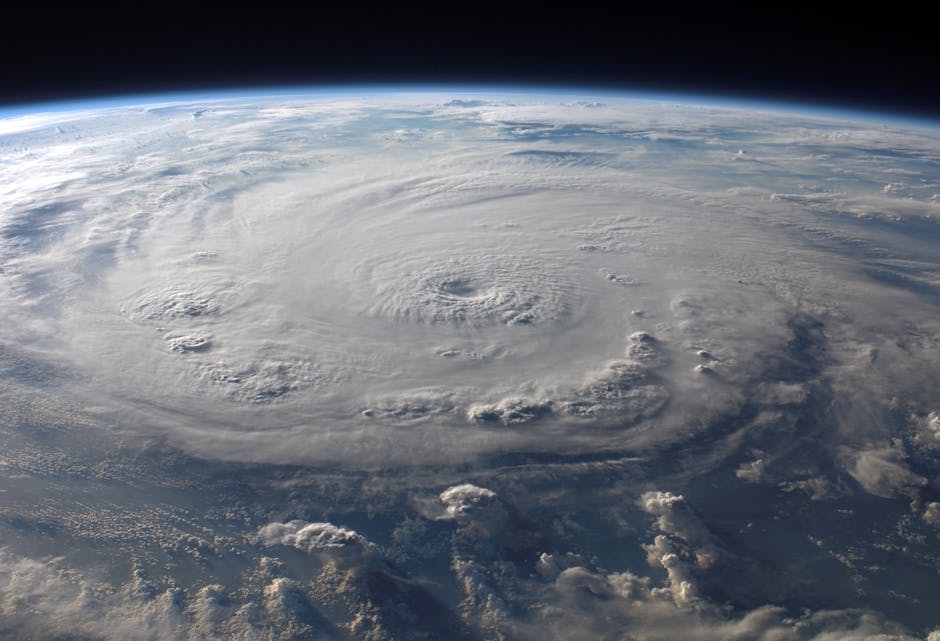In a move sending significant ripples across the geopolitical landscape, the defense ministers of the five Central Asian republics—Kazakhstan, Kyrgyzstan, Tajikistan, Turkmenistan, and Uzbekistan—gathered in Astana this week for their first-ever standalone meeting. This wasn’t a sideline event at a larger summit dominated by Moscow or Beijing. This was their own initiative, a powerful declaration of emerging regional agency in a part of the world long considered the chessboard of great powers.
A Shift Away from External Powers
For decades, the security architecture of Central Asia has been defined by external frameworks. The Russia-led Collective Security Treaty Organization (CSTO) and the China-influenced Shanghai Cooperation Organisation (SCO) have been the primary forums for defense dialogue. The nations of the region, often referred to as the “Stans” or the “CA5,” were seen as participants, not conveners.
This historic meeting in the Kazakh capital changes that narrative. It signals a tectonic shift—a collective realization that the region’s most pressing security challenges require regionally-owned and regionally-driven solutions.
The Afghan Threat: A Unifying Catalyst
The elephant in the room, of course, is Afghanistan. Since the Taliban’s takeover in 2021, the threat of instability, terrorism, and extremism spilling across the porous Amu Darya river has been a shared nightmare for all five republics. The rise of groups like ISIS-Khorasan Province (ISIS-K) poses a direct threat that respects no borders.
The ministers’ agenda was rightly dominated by discussions on creating a unified military information exchange system and coordinating counter-terrorism and border security efforts. This is not just diplomatic talk; for Central Asia, it is a matter of survival.
Russia’s Ukraine War Creates a Power Vacuum
The context for this meeting is broader than just Afghanistan. Russia, the region’s traditional security guarantor, is deeply embroiled in its war in Ukraine. This has not only drained Moscow’s resources but also diminished its credibility and attention, creating a power vacuum that these nations are now cautiously stepping into. While they are not abandoning the CSTO, they are clearly building a parallel, more nimble platform to address their specific concerns without waiting for a green light from the Kremlin.
Implications for India and Global Powers
For New Delhi, this development is of profound strategic importance. Central Asia is India’s “extended neighborhood,” and a stable, secure, and self-reliant region is directly in the national interest. This new “CA5” platform offers India a fresh and direct channel for engagement, bypassing the historical dominance of Russia and China.
A cohesive Central Asian security bloc serves as a natural counterweight to the expanding influence of China and its Belt and Road Initiative, as well as attempts by Pakistan to export radical ideologies. India can be a partner of choice, offering military training, defense technology, and intelligence-sharing capabilities without the hegemonic baggage of other major powers.
A New Chapter for Central Asian Security
The meeting in Astana is more than just a photo opportunity. It is the foundational stone of a new, indigenous security architecture and a firm assertion of strategic autonomy. While the path ahead will be complex, fraught with historical rivalries and the ever-present shadow of Moscow and Beijing, this first step is the most crucial. The nations of Central Asia are signaling that for the first time, they are ready to write their own security script.




